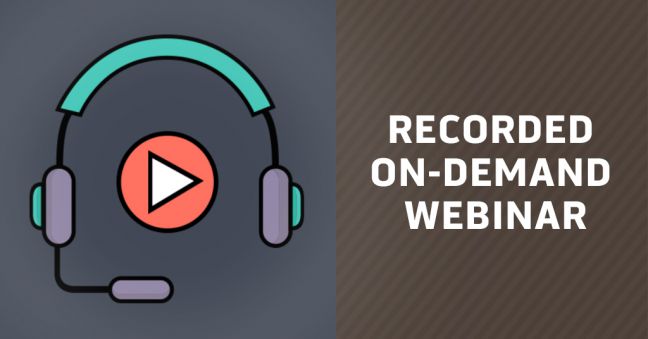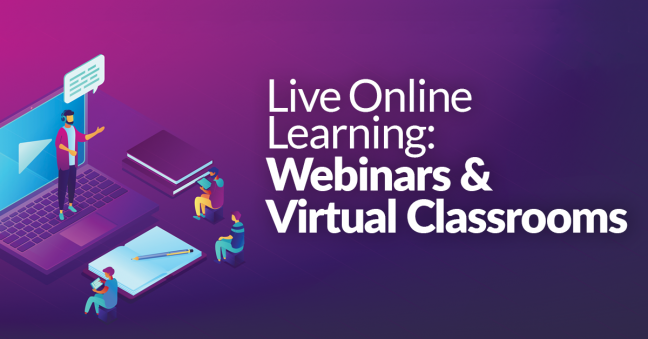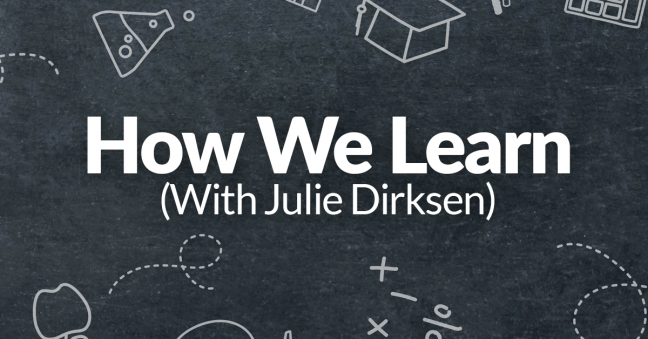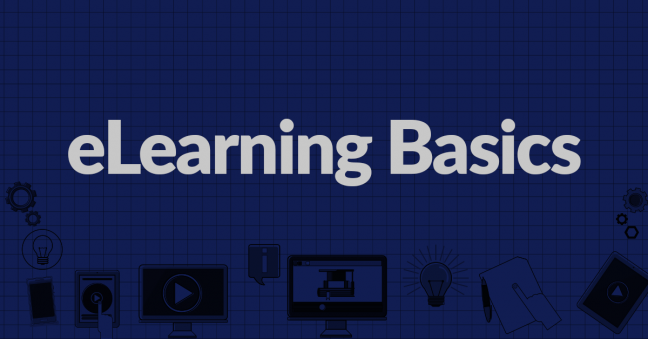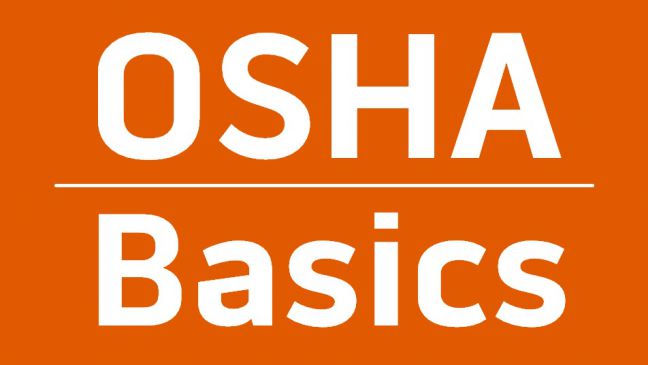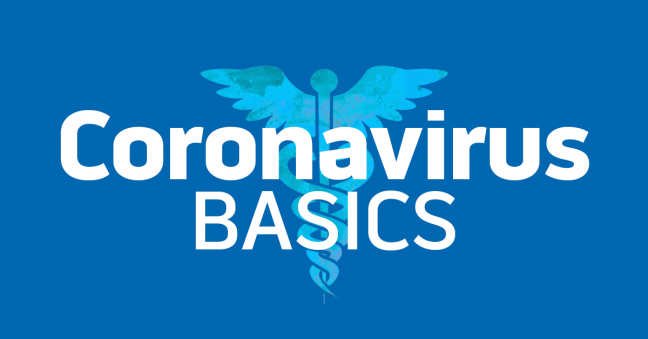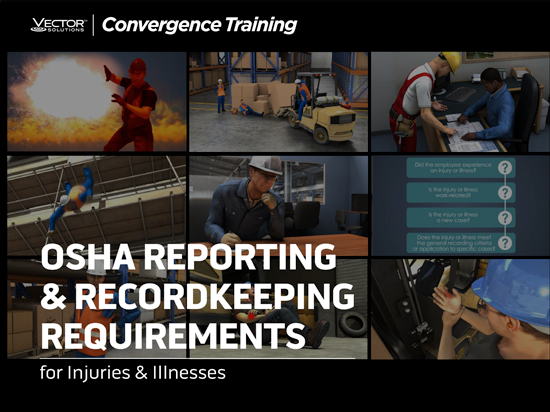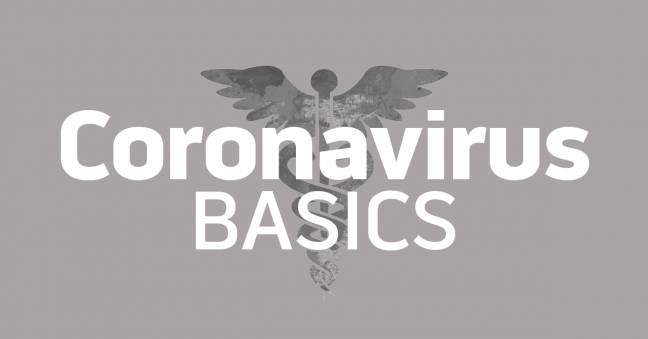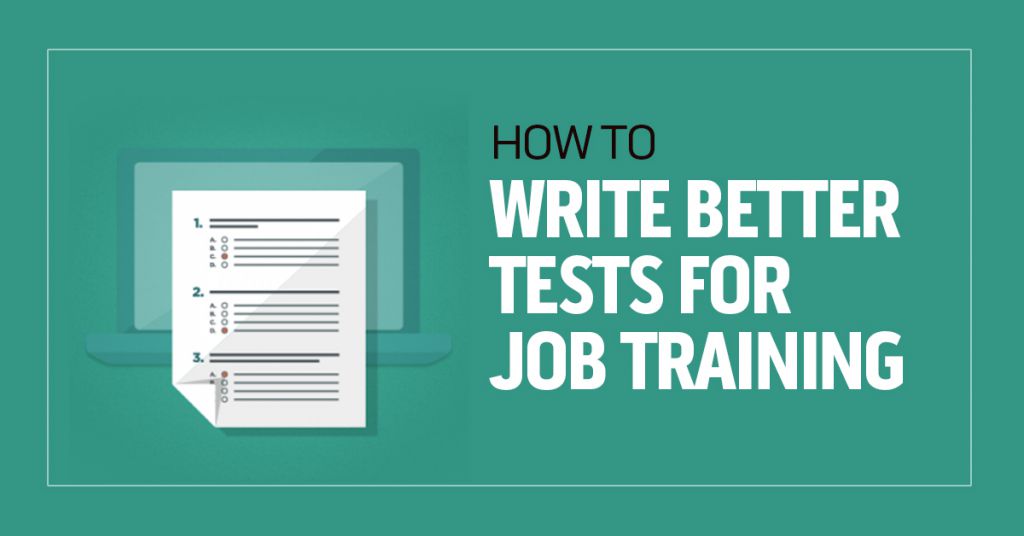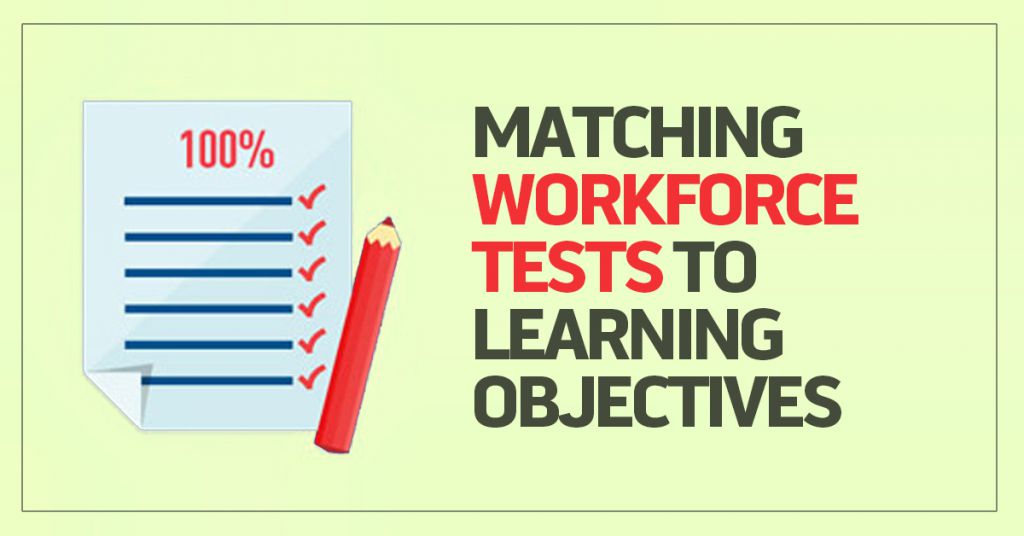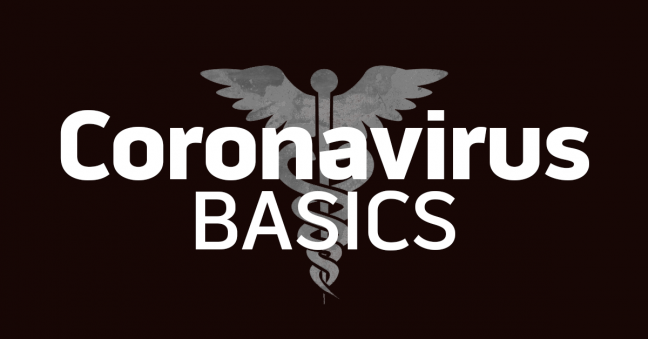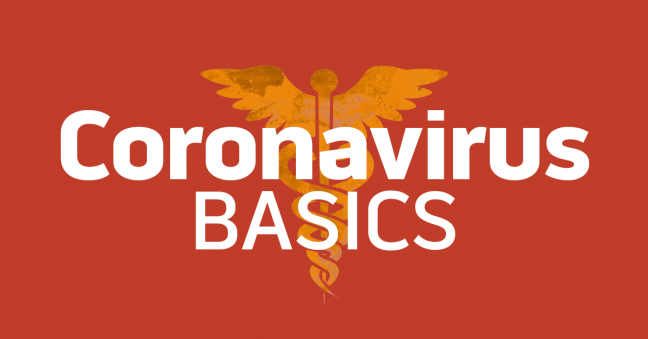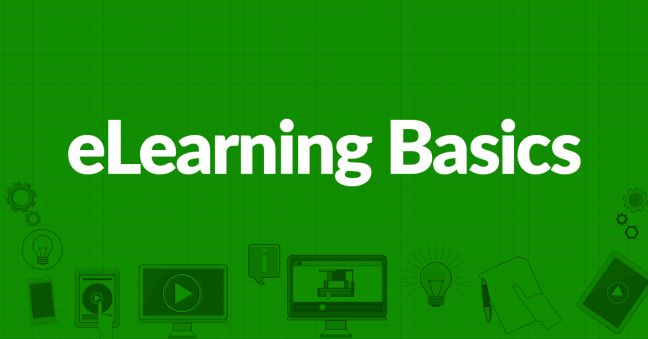
In our ongoing “eLearning Basics” series of articles, we’re going to address the question of where you can get elearning courses from. And, in particular, we’re going to explain that you CAN make your own elearning courses and explain how.
Let us know if you’ve got other questions you’d like us to answer in future “eLearning Basics” articles, feel free to download our Blended Learning Strategies guide at the bottom of this article, and contact us if we can help you with off-the-shelf or custom-made elearning courses for workforce training.
